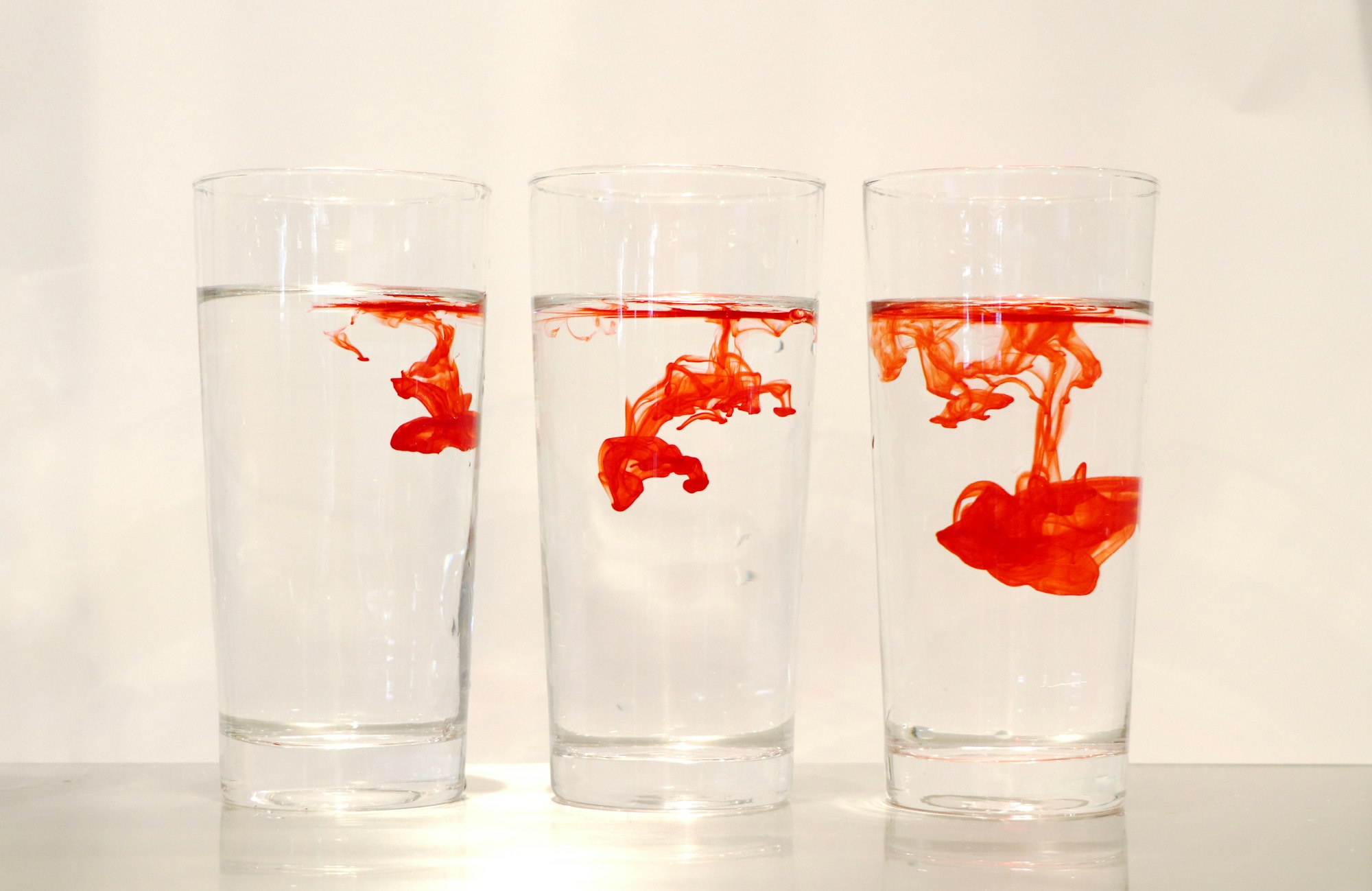Organisation of the Organism
An Overview
Right from the time when a diploid zygote was formed, till the present, we all are just made up of 37.2 trillion microscopic and unicellular cells!
The cells cannot be seen by naked eyes; instead microscopes are needed to telescope our view of these diminutive structures.

In the modern era, there are more than two types of microscopes that are used for viewing the cells in detail. The most common type of microscope is a Light Microscope that can magnify the cell appearance by x1500. Another one is an Electron Microscope that magnifies cell appearance to x10,000,000 enabling scientists to see in greater detail.
Cell structure
In this section, we shall look at the different parts of a cell such as cell membrane, cell wall, cytoplasm, etc.
1. Cell membrane
- Present in all cells
- Also known as Plasma Membrane or Cell Surface Membrane
- Made up of a thin layer of Protein and Fats
- Partially permeable
- Inside the cell membrane cytoplasm and other cell organelles can be found.
2. Cell wall
- Present in plant and prokaryote cells
- In plants, made up of cellulose
- Cellulose forms fibres in criss-cross patterns over one other
- Cell wall forms very strong covering to cell
- Prevents cell from bursting
3. Cytoplasm
- Jelly like substance (Yum Yum 😆 )
- Contains 70% Water
- Metabolic reactions of the cell take place in the Cytoplasm
- Harmful and useful substances diffuse in and out of cells through the cytoplasm
4. Nucleus
- Contains the genetic information present in chromosomes
- Chromosomes are made up of Deoxyribonucleic acid or DNA
- Controls the functions of the cells and gives instructions carry them out
- Present in both plant and animal cells and absent in a prokaryotic cell
5. Vacuole
- Vacuoles are spaces in cells containing a solution called cell sap
- Large vacuoles are present in plant cells to store the useful products formed in photosynthesis
- In animal cells, small vacuoles or no vacuoles at all can be present as animal cells are heterotrophic (cannot manufacture our own 'food').
- Small vacuoles in animal cells often store food and water
6. Chloroplast
- Is the organelle that distinguishes between an animal and a plant cell
- Contains a green coloured pigment known as chlorophyll (you live under a rock if you haven't heard of chlorophyll yet 😛 )
- They are important for plant cells in the process of photosynthesis
7. Mitochondria
- Are powerhouses of cells
- Are found in all cells except those of a prokaryote
- In aerobic respiration, oxygen is used to release oxygen from the contents of the mitochondrion (starch in plants and glycogen in animals)
7.a Cells containing mitochondria are-
- Muscle cell- to support physical activity
- Sperm cell- to swim in the semen
- Neurons- to carry out transmission of electrical nerve impulses
8. Ribosomes
- Ribosomes are cell organelles that are the places where a protein is made by the synthesis of amino acids.
- They are arranged in a network known as rough endoplasmic reticulum
- They are found in all kinds of cells ranging from prokaryotic to eukaryotic.
Structures of Cells
The image below is an interactive image. Please hover over it to explore the different parts of a cell and their descriptions.
A Comparison between a plant and animal cells:
| Plant cells | Animal cells |
|---|---|
| Have a cellulose wall covering the cell membrane | Don’t have cell wall |
| Have a cell membrane | Have a cell membrane |
| Have cytoplasm | Have cytoplasm |
| Have a nucleus | Have a nucleus |
| Often have chloroplasts with chlorophyll in them | Chloroplasts absent in animal cells |
| Often possess large vacuoles containing cell sap | Only possess small vacuoles containing food and water |
| Often have starch grains | Only have glycogen granules present sometimes |
| Often have a regular shape | Often irregular in shape |
Calculating Magnification:
Top tip!: questions on magnification are quite common in Cambridge IGCSE Biology paper 1 and paper 6 so do learn the formula in advance!
Magnification = Size of Image ÷ Actual Size
Specialised cells
Ciliated cell : found in the trachea and bronchi, moves the mucus towards the throat.
Memory cell : found in the blood, keep antibodies ready to kill pathogens that have affected you more than once.
Root hair cell : found at the end of the plant roots are responsible for the absorption of minerals and water.
Palisade mesophyll cell : found beneath the epidermis of a leaf, they are specialised at photosynthesis.
Sperm and Egg cell: produced in testes and ovaries, fuse together to produce a zygote.
Nerve cell : found throughout the bodies of all organisms are responsible for the transmission of electrical nerve impulses.
Red Blood Cell : found throughout in the blood of mammals and specialize at the transport of oxygen using the red pigment haemoglobin.
What YOU are made up of:
- Cells : eg: Ciliated cells, Root Hair Cells etc.
- Tissues : Are are group of Cells with the same function and of the same type. eg: Epidermis Tissue, Palisade tissue, Muscle Tissue etc.
- Organs: Are groups of tissues. eg: Heart, Lungs, Trachea, Leaf, Fruits, Flowers, Roots etc.
- Organ Systems: Are made from groups of organs. eg: Digestive system, Respiratory System, Circulatory System, Reproductive System, Nervous System etc.
- Organism: Is what the end result is with several Organ Systems that make them up! Eg: you, Tiger, Camel, Snake, Scorpion etc.

External Links
This is the end of this guide. Hope you enjoyed it! Thanks for using www.igcsepro.org! We hope you will give us a chance to serve you again! Thank you!
Next Topic


